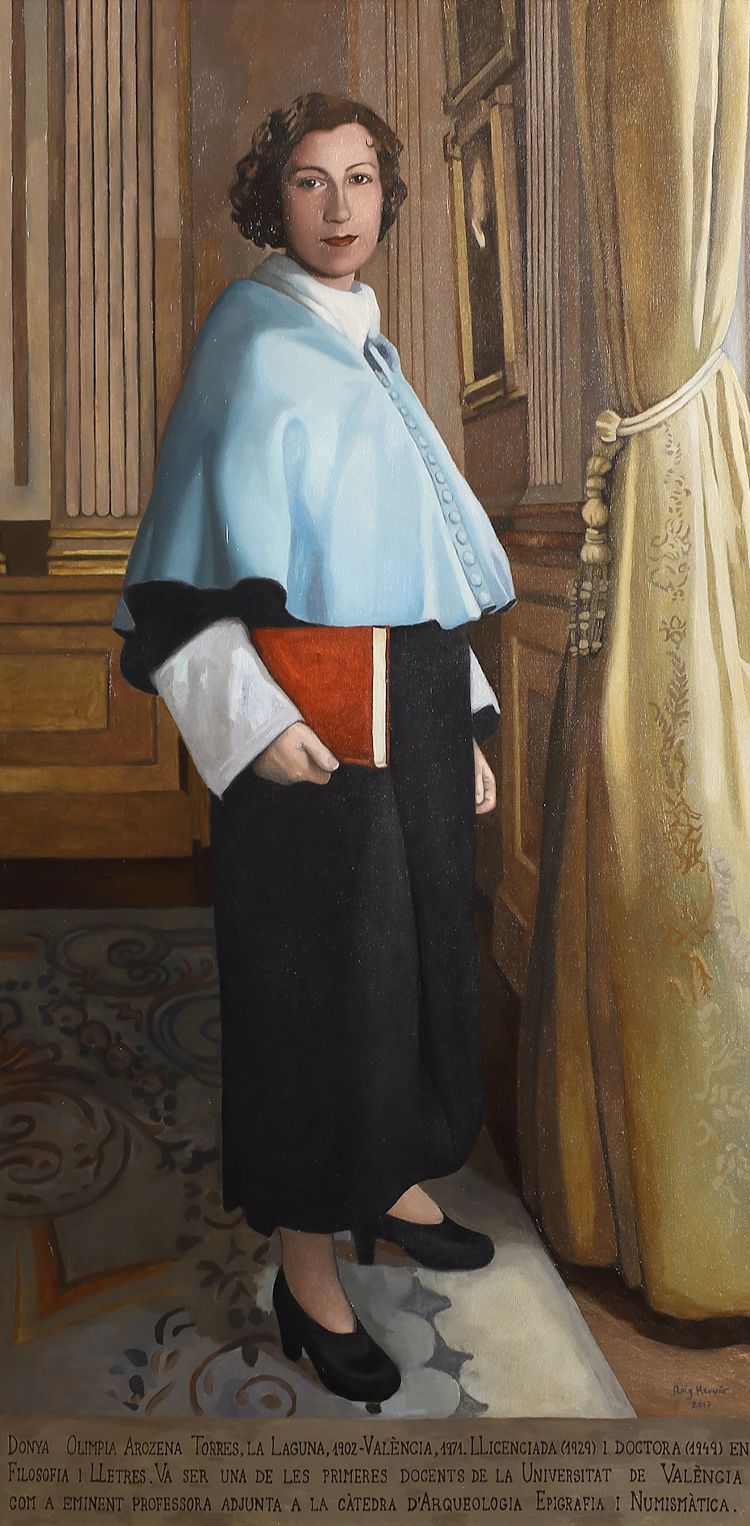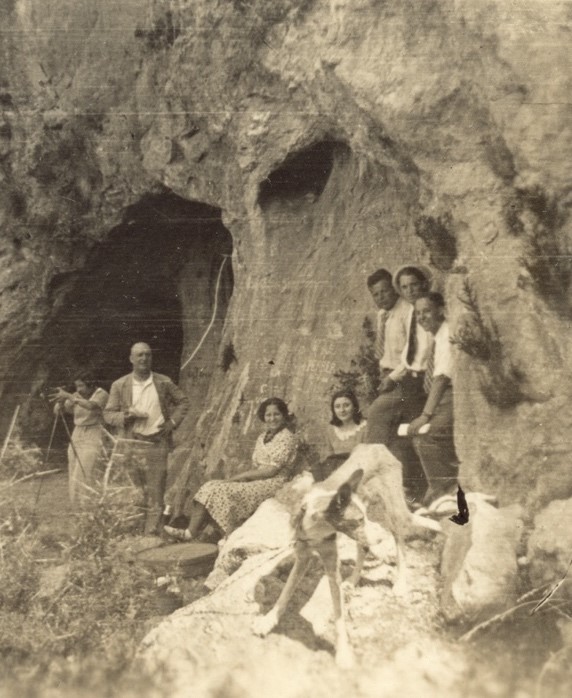
VIRTUAL EXHIBITION. ACCESS LINK [+]
The exhibition, PASSAT I PRESENT. 100 anys fent arqueologia a la Universitat de València, is intended as a cultural event for the enjoyment of society. The aim is to show a glimpse of the history of the Archaeology Laboratory, the research topics addressed and the knowledge generated over a century of work by all the people who have worked in this laboratory.
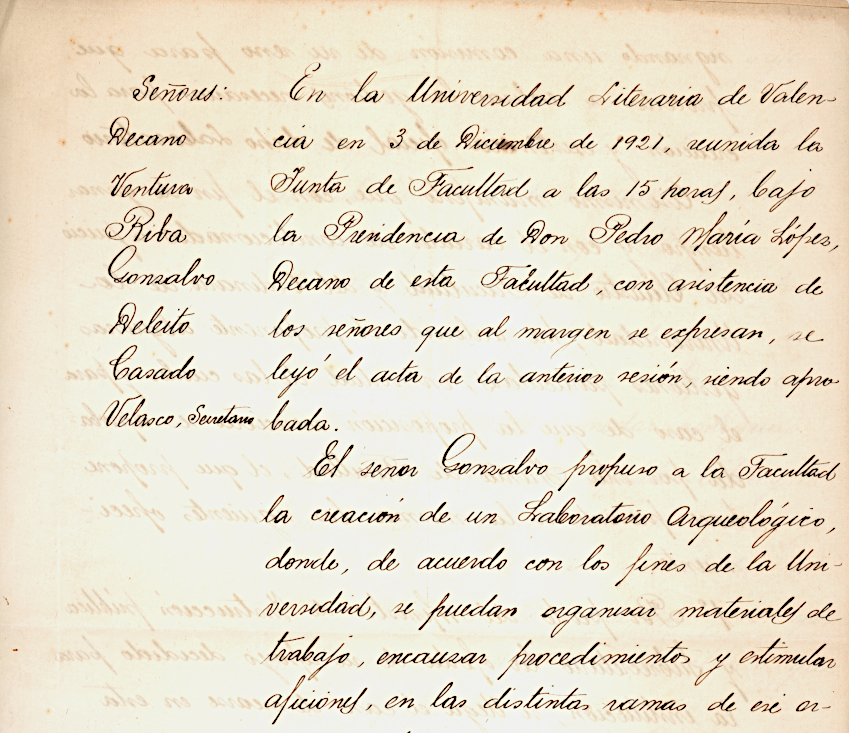
The exhibition is divided into three sections. The first one is a quick overview at the past, to recall the most noteworthy milestones of this century of existence, and how the historical evolution has influenced the work of the laboratory. The second section, focused on research, is aimed at showing the topics that have been addressed since the Laboratory was founded. Professor Luis Gozalvo París, back in 1921, listed its scope of action, of which we would like to highlight the following ones:
-
“Excavation practices and list of excavable sites.
- Archaeological inventory of the city, and then of the province and region, with investigation of the location of archaeological objets whose previous existence is proved by the authors or by any reliable source".
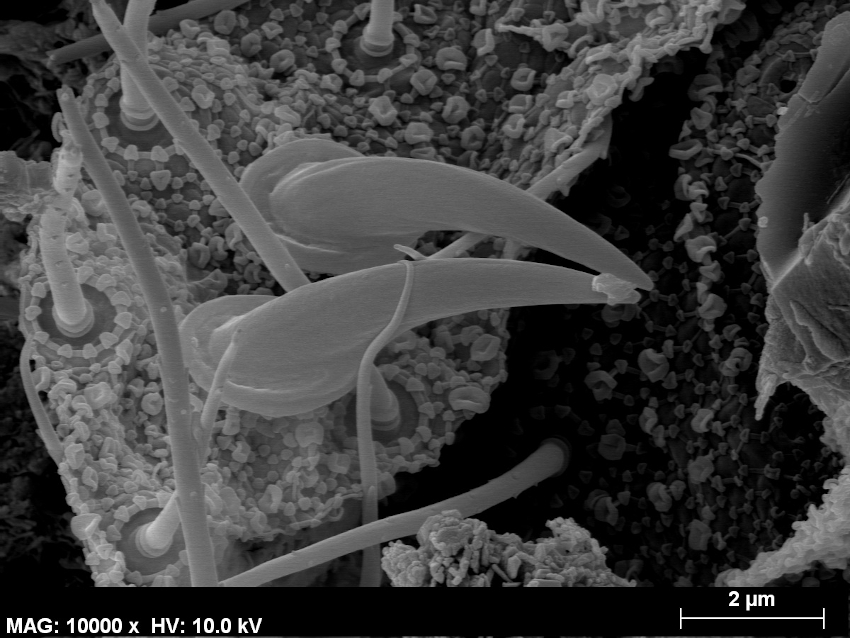
en el abrigo de la Quebrada (Chelva). Fotografía tomada en microscopio electrónico de barrido a 10.000X. Foto E. Badal 2011.
Since then, the staff of the Archaeology Laboratory has worked in the direction of excavations or in the research teams of many archaeological sites. Nowadays, we can show a map with more than 200 places where work has been carried out and which are endorsed by scientific publications, both national and international.
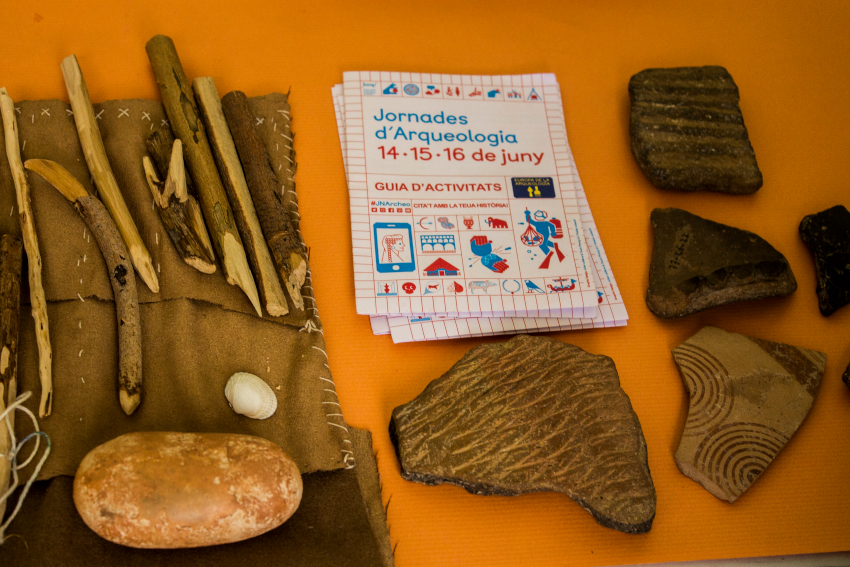
In the exhibition, original pieces from collaborating institutions will be displayed, some for the first time. Human bones with marks of cannibalism and heavy instruments for processing dyes from the Caves of Santa Maira (Castell de Castells) are highlighted. From the site of ‘La vital’ (Gandia) comes a set of copper pieces, which are the oldest evidence of metallurgy in València. In 1961 and 1965, excavations were carried out in the Cova d'en Pardo (Planes), directed by Miquel Tarradell, professor at the Laboratory. From these excavations, two tri-triangular idols and a trepanned skull are on display.
In summary, a selection of materials with which we attempt to go through the societies of the past, and to show the work of people who have contributed to our knowledge of them.
